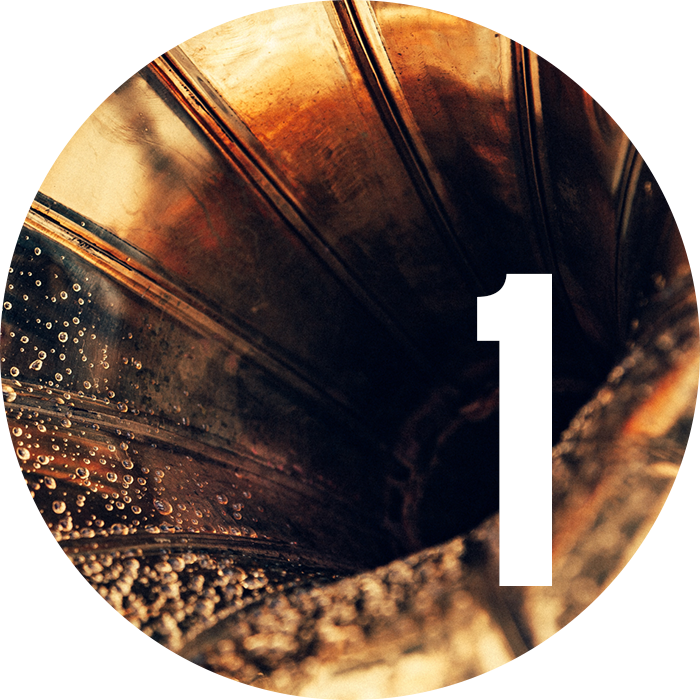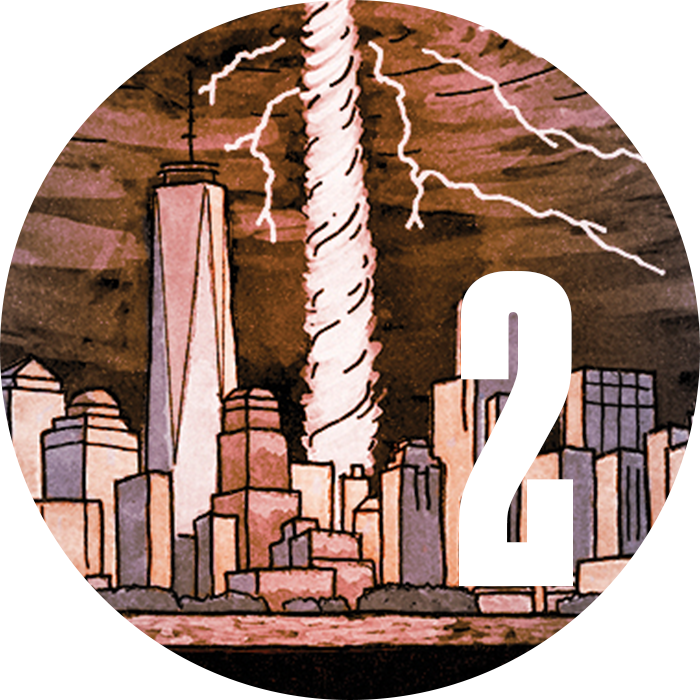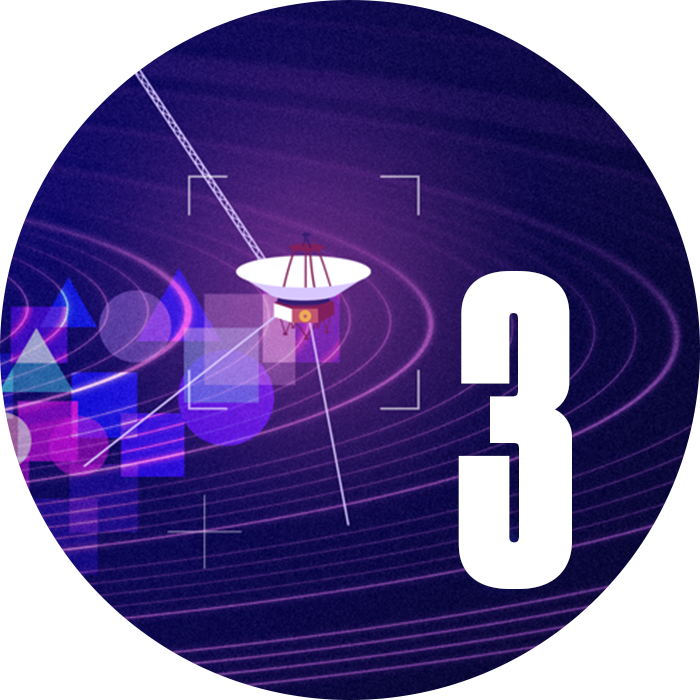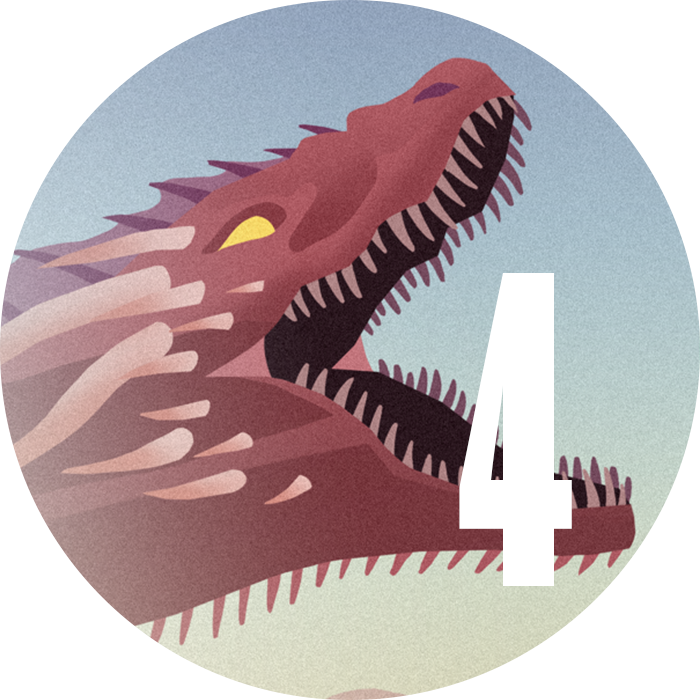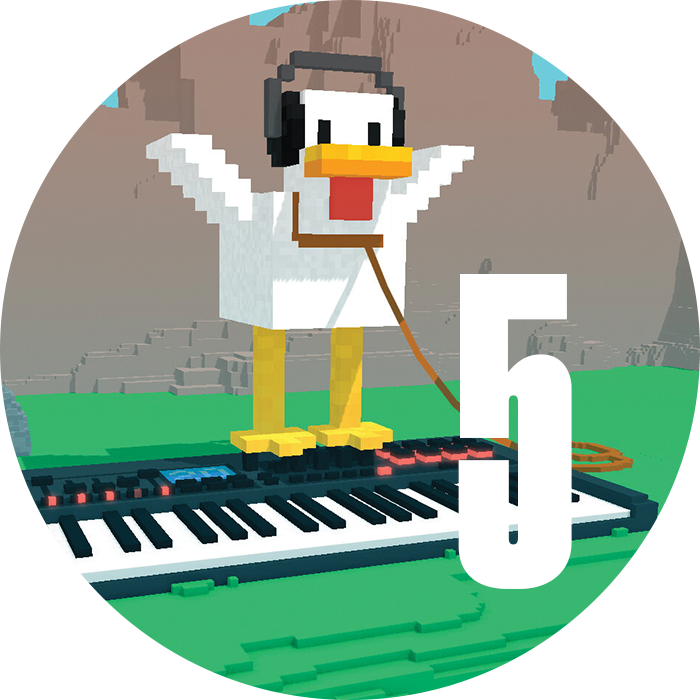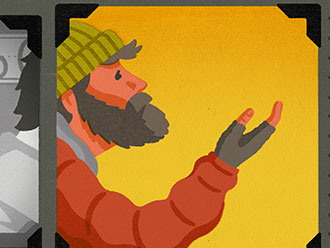Meet Dallas Taylor, sound evangelist. A professional sound designer and host of the award-winning podcast Twenty Thousand Hertz, Taylor (’03 BA, Music Media), is on a mission to bring sound out of the shadow of its showier sensory sibling—visuals—and put it squarely in the spotlight, so that it can reap the respect and wonder it’s due.
“I want to do for sound what (celebrity chef) Anthony Bourdain did for food,” Taylor says. “I want to make sound visceral, romantic, and connect it to human emotion.”
With more than 4.5 million listens in 2021, Twenty Thousand Hertz has definitely struck a chord. As the podcast explores the stories behind the world’s most recognizable and interesting sounds—from birdsong to Star Wars sound effects to “deepfake” voices—Taylor is inspiring people to stop and listen twice to the amazing auditory soundscape that surrounds us all.
Fine-Tuning His Career Path
Taylor’s initial appreciation of sound came through music. He was a prodigy trumpet player whose exceptional talent forged a path for him out of his tiny rural Arkansas hometown.
“Playing the trumpet is where I found my love of sound,” he says. “To this day, I think the greatest human sound experience ever made is hearing a great symphony performed in a great hall—and even better, playing in that orchestra.”
In his junior year as a music performance major at a university in Arkansas, Taylor suddenly developed crippling performance anxiety. As he chronicles in the podcast’s milestone 150th episode, “Breathe,” he could no longer play trumpet without breaking into a sweat, with pressure in his chest and his breath becoming fast and shallow.
“It shook me to my core,” he says.
Taylor transferred to UTA for its flexible music media program, which provided options beyond the traditional music performance or music education major.
“It was more broad and open; there were more opportunities,” he says. “I took some music technology classes, which exposed me more to different directions I was already leaning into. I felt, ‘OK, I can do something in this space.’”
The summer after graduating from UTA, he took a course at what’s now the Mediatech Institute in Dallas and found his niche: sound design, which is the creation of audio for film, TV, advertising, and other productions.
“Sound design is a scientific art in itself,” he explains. “It is very creative, but you don’t feel like you have to be Mr. Cool Guy in the room, as you do in music production. You can just be as nerdy as you want.”
He honed his skills in Los Angeles mixing audio for live newscasts for NBC and Fox. A friend got him in the door at G4, a videogaming TV network, by touting his (nonexistent) skills using the Pro Tools digital audio workstation.
“I faked it until I made it,” he says. “I did what felt like an eight-week intense crash course in sound design for television in one week. I found my groove, and that’s what really set me on my career path.”
He moved to the East Coast to work as a full-time senior sound designer for the Discovery Channel and its affiliated networks on such high-profile programs as MythBusters and the Planet Earth documentary series.
“I was working on these amazing projects in what I consider the ‘golden era’ of sound design at the Discovery Channel,” he says.
However, he noticed at Discovery that “a lot of the best work was going outside” to independent contractors and that colleagues at other channels had fascinating projects for hire as well. So in 2009, he struck out on his own and opened his own sound design studio, Defacto Sound.
Ingredients of Sound Design
Defacto Sound has since developed a reputation for high-quality short-form content, particularly sound design and mixing for advertising, trailers, and promos. Auto brands from McLaren to Maserati to Corvette trust Defacto Sound to make their cars rev to life in ads, a complex and technically challenging feat.
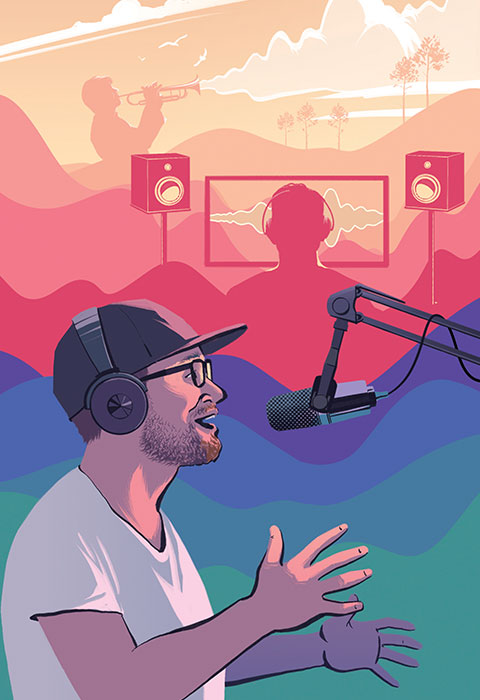
“The vehicle itself is the voice,” Taylor says. “A Porsche or Maserati or Hummer sounds very distinct, and users expect the car in the ad to sound not just a certain way, but sound the way it makes them feel.”
He sources sound from high-end recordists, who place microphones in every possible nook and cranny of the cars. As for electric vehicles, “they don’t make any sound, but car spots still need the visceral voice of the car,” he says. “So we’re focusing on cerebral, emotional sound design.”
Entertainment is another major niche for the studio. In 2021, Defacto worked on more than 800 Netflix trailers (including for the megahits Squid Game and Ozark) and more than 100 HBO trailers for such programs as Game of Thrones and Harry Potter: Return to Hogwarts.
Such promos are a six-layer salad of complementary auditory components. First, Taylor receives the raw recording from set microphones. “We remove all the noise and make every microsecond of dialogue sound as perfect and clean as possible,” he says. He does the same for any music that runs behind the dialogue. He adds foley sound effects, which simulate such everyday sounds as fabric rustling or footsteps. Taylor then sources “hard” effects, such as explosions, from digital sound libraries, and adds in environmental sounds, such as wind and rain. And last but not least is emotional sound design.
“It’s a gray area between music, story, and sound design that nudges people emotionally and gets them to react to a scene without even thinking about it,” he explains. “We mix up all these elements, put a bow on it, and send everything over.”
Telling Sound Stories
Over the years, Taylor heard stories from the sound design world that he felt deserved to be shared with a broader audience. He learned about the iconic “Wilhelm scream” used in countless movies and the history of the NBC chimes, among other tales.
“I felt no one was capturing these stories for perpetuity,” he says. “These stories needed to be documented before we lost the heroes of sound design, these people who worked on Star Wars and other big projects in the ’60s, ’70s, and ’80s.” He also wanted to pay tribute to the passion that sound designers bring to their work in service to the “second fiddle” of the senses.
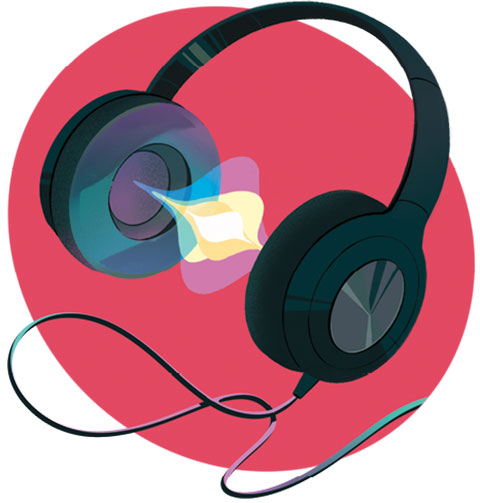
In 2016, inspired by such podcasts as This American Life, Radiolab, and 99% Invisible, Taylor decided to use his studio downtime to create his own podcast. He had the perfect name: Twenty Thousand Hertz, the upper limit of the range of human hearing. He’d already reserved a domain name, too: 20k.org.
While the first two episodes took an entire year to complete, the podcast team now spends between 200 to 300 hours per episode, which ideally runs between 22 and 24 minutes. They draw from a list of several hundred ideas and have roughly 15 episodes in various stages of production at any given time. Listeners offer suggestions, too, and have inspired upcoming episodes on insurance company jingles and extended vocal range.
Taylor prides himself on surprising listeners with the diversity of content. For example, in 2018, episodes ranged from the emergency alert system to the sound crew behind the musical Hamilton to sound in space. The following year, subjects included Stradivarius violins, the 808 drum machine, the detrimental physical effects of alarm sounds, to “Speak Easy,” in which Taylor shared how he took lessons from National Public Radio’s vocal coach to refine his performance for the podcast.
Afterward, he re-recorded the audio for the first 10 or so episodes because he felt he sounded unpolished and monotonous. “You really have to overdo it and overact with your voice if you want someone to register even half of the emotion you’re trying to convey,” he says.
When the pandemic emerged in early 2020, Taylor issued a decree to his team: “I said, ‘There will only be joy. We will be an escape. Nothing else is happening in the world when you’re listening to Twenty Thousand Hertz.’”
Listeners were treated to a two-part tribute to Mel Blanc (the voice behind Looney Tunes), an interview with Ben Burtt, the legendary sound designer of Star Wars, and even a breakdown of the Whoopee cushion’s design. The milestone 100th episode went viral with its exclusive look at how the Netflix “Ta-dum” sound was made—one of several examples of cross-pollination between the podcast and Defacto’s commercial work.
Beyond the Netflix episode, Twenty Thousand Hertz has garnered widespread acclaim and a loyal fan base. The podcast won Best Production & Sound Design at the 2022 Ambie Awards (the Oscars of podcasting), and it was the People’s Voice winner for Science and Education Podcast at the 2020 Webby Awards, which honor excellence on the internet.
“Reset Our Ears”
The pandemic changed the world’s soundscape, as the usual din of street noise disappeared and birdsong and quiet reemerged. Taylor had previously reflected on silence in a couple of episodes of Twenty Thousand Hertz, including one in January 2020 that focused on composer John Cage’s controversial piece 4’33, in which not one note is played. Taylor was invited to adapt that episode into a TED Talk onstage in Vancouver.
“To this day, I think the greatest human sound experience ever made is hearing a great symphony performed in a great hall—and even better, playing in that orchestra.”
“My first reaction was terror, because of my severe performance anxiety,” he says. “A TED Talk was always a bucket-list item. I knew if I was ever offered, I would have to say ‘yes’ before my brain kicked in.” He admits relief when the talk went virtual instead, and he was able to record his talk in his own Defacto Sound studio.
In the resulting presentation, titled “What Silence Can Teach You About Sound,” Taylor encourages listeners to “seize a once-in-a-lifetime opportunity to reset our ears. If we become more conscious of what we hear, we’ll inherently make our world sound better. Quietness is not when we turn off our minds to sound, but when we can really start to listen and hear the world in all of its sonic beauty.” UTA
